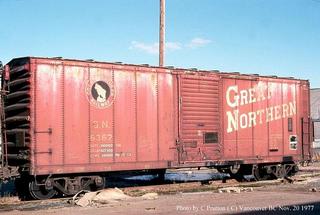
なぜ、グレートノーザン鉄道のボックスカーは10パネルではなく12パネルなのか?という質問をgngoatにしてみました。各種意見があり、激論も交わされましたが、
結論は、
1. なんで12パネルなのか、結局のところ理由ははっきりしない。
2. でも、グレートノーザン鉄道、特にセントクラウド自社工場は、人と違うこと、変わったことが大好き(英語では、handsomeなことが好き、ということです)
3. ちなみに、セントクラウド自社工場は、この時期、12パネルの木造車を作っていたり、既存車両のリサイクルをよくしていた
4. セントクラウド工場の天才設計者が、薄い鋼材で対角線補強無しというコストパフォーマンスの良い設計をしたのではないか、という推測が一番のようです。
まとめの英文を転載します。(最初の“”の中は、小生の投稿です)
" Because I am not a native english speaker, may I understand and
summurize the information as follows?
1.The reason why GN selected '12' is not clear, however,
2.GN (St. Cloud) likes to do defferent, handsome and odd, and
3.12 lighter metal seets without diagonal are good design from the
view point of cost effectiveness."
My first language was Japanese (I've forgotten it).
My second language was German.
I learned English when I was twelve.
I still have trouble with English.
You communicate very well.
Yes, you are correct.
Great Northern was very economical in its operations.
They re-cycled a lot of equipment by re-building it.
They also used their repair shops to build new equipment.
The 12 panel cars were apparently built new but some may have used older components such as frames.
When they built or re-built they used materials very efficiently.
In the case of the plywood sheathed cars they used the plywood to please the lumber and wood industry, a major customer.
No one has produced an answer as to who designed the 12 panel cars.
Apparently the design or change in design produced a lighter, possibly stronger car, from less materials; a more cost effective car.
A lighter, stronger car meant greater carrying capacity and meant greater revenue per mile per car.
I believe that Great Northern must have had some very clever engineers at St Cloud.
Other examples:
The re-building of the wrecked Cascade tunnel electric using surplus EMD FT bodies.
The re-building various passenger cars and the re-use of various cars as MoW equipment including cabooses.
The continuous side sheathing of the 25' and 30' wood sheathed cabooses.
(Some people say 'cabeese', which is incorrect English but an amusing play on words.)
The continuous sheathing meant less cutting, stronger, continuous framing for the cupola, and two fewer, leak prone joins to the roof.
All railroads re-cycled older equipment.
The best example is New York, New Haven & Hartford.
But Great Northern seemed to do it better: clever, economical, elegant.
p maleady.
結論は、
1. なんで12パネルなのか、結局のところ理由ははっきりしない。
2. でも、グレートノーザン鉄道、特にセントクラウド自社工場は、人と違うこと、変わったことが大好き(英語では、handsomeなことが好き、ということです)
3. ちなみに、セントクラウド自社工場は、この時期、12パネルの木造車を作っていたり、既存車両のリサイクルをよくしていた
4. セントクラウド工場の天才設計者が、薄い鋼材で対角線補強無しというコストパフォーマンスの良い設計をしたのではないか、という推測が一番のようです。
まとめの英文を転載します。(最初の“”の中は、小生の投稿です)
" Because I am not a native english speaker, may I understand and
summurize the information as follows?
1.The reason why GN selected '12' is not clear, however,
2.GN (St. Cloud) likes to do defferent, handsome and odd, and
3.12 lighter metal seets without diagonal are good design from the
view point of cost effectiveness."
My first language was Japanese (I've forgotten it).
My second language was German.
I learned English when I was twelve.
I still have trouble with English.
You communicate very well.
Yes, you are correct.
Great Northern was very economical in its operations.
They re-cycled a lot of equipment by re-building it.
They also used their repair shops to build new equipment.
The 12 panel cars were apparently built new but some may have used older components such as frames.
When they built or re-built they used materials very efficiently.
In the case of the plywood sheathed cars they used the plywood to please the lumber and wood industry, a major customer.
No one has produced an answer as to who designed the 12 panel cars.
Apparently the design or change in design produced a lighter, possibly stronger car, from less materials; a more cost effective car.
A lighter, stronger car meant greater carrying capacity and meant greater revenue per mile per car.
I believe that Great Northern must have had some very clever engineers at St Cloud.
Other examples:
The re-building of the wrecked Cascade tunnel electric using surplus EMD FT bodies.
The re-building various passenger cars and the re-use of various cars as MoW equipment including cabooses.
The continuous side sheathing of the 25' and 30' wood sheathed cabooses.
(Some people say 'cabeese', which is incorrect English but an amusing play on words.)
The continuous sheathing meant less cutting, stronger, continuous framing for the cupola, and two fewer, leak prone joins to the roof.
All railroads re-cycled older equipment.
The best example is New York, New Haven & Hartford.
But Great Northern seemed to do it better: clever, economical, elegant.
p maleady.











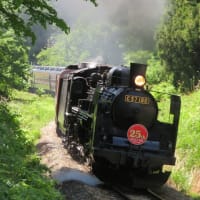
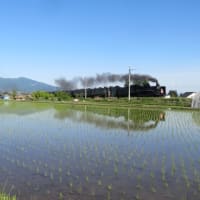
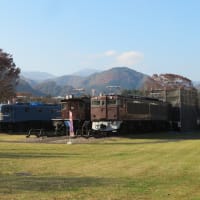
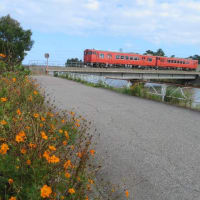
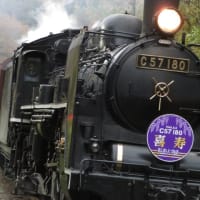
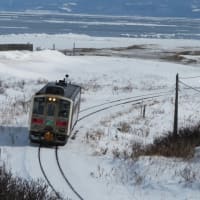
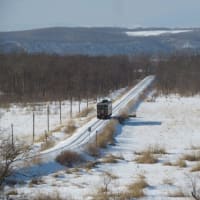
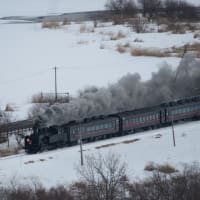
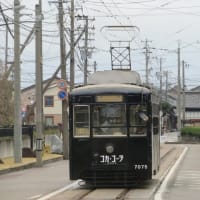
ところで、この12パネルを一旦知ってしまうと、不思議なもので、直ぐに区別が付きますね。BNにはたくさん引き継がれましたので、インターマウンテンのアンデコをもう少し追加しておこうか等と思っております。